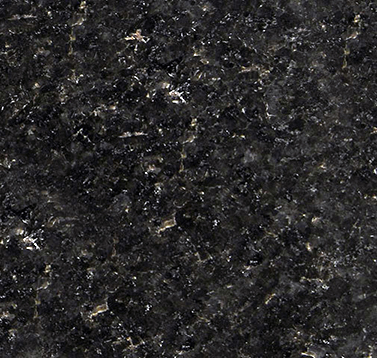Labrador Antique Granite is a truly marvellous stone, combining rich dark chocolate browns with vivid bright pearlescent blues. It is quarried in Norway and is occasionally called Labrador Antico. It is perfect for use in the kitchen – lets learn a little more!
From afar you cannot really see the stunning blue mineral deposits that make up this stone. All you will see is the stunning chocolate brown color of the bedrock. You will be able to see that the stone is not uniform in color and there will be obvious darker patches.
As you get close to the granite Labrador Antique reveals its true beauty. The first thing that will catch your eye are the absolutely stunning blue mineral deposits that are scattered throughout the stone. These blue minerals are pearlescent – which means that when the light shines off of them you can see several shades of blue and even occasionally green in a single patch of the mineral. They scattered around the stone, and do vary a little in size and density.
You are also able to see that the bedrock of this granite is actually much lighter than it looks from afar. The darker appearance at distance was given by the large amount of darker brown veins that run through more than half of the stone on average. These patches can vary in color from only slightly darker than the bedrock through to dark brown.
Dotted around the stone are also very dark brown / black mineral deposits which make up on average 10% of the mass of this stone.
The combined effect of the dark brown patches, light brown veins, the pearlescent blue mineral deposits, and the gorgeous color of the bedrock makes this one of the most attractive and sought after brown granites on the market.
It has a low amount of variation between quarries and slabs. However as it is a natural product there will obviously be differences, but they are certainly not going to be massively different from samples and pictures you have seen online. But remember – as we always recommend, take a look at the slab before you buy!
The lighting conditions of the room will affect the overall appearance of this stone. In rooms with little natural light the pearlescent blue minerals will not be as obvious. Also the depth and range of colors they produce will be less intense when compared with a room which has large amounts of natural light.
How Much Does Labrador Antique Granite Cost?
The pearlescent blue mineral deposits that this stone has make it a mid range granite, that is verging on the edge of being a premium stone. You can expect to pay between $50 and $60 per square foot for a 3cm thick slab of Labrador antique granite.
This granite be made to fit in with a variety of types of kitchen décor. Our favourite is when Labrador Antique countertops are combined with cream or lightly stained kitchen cabinets. The light brown color of the bedrock complements these soft and light colors and really makes the design of the kitchen flow.
When combined with white cabinets this granite looks very striking. And while the cabinets are obviously quite stark in contrast to the brown color – the end result is not too harsh. This is down to the light color of the bedrock enabling it to tie in slightly more than other brown granites.
When combined with dark cabinets the stone takes on a very different appearance. The stone blends in with the cabinets due to the dark mineral deposits.
The overall effect results in the countertops looking much darker than they actually are. It is a very modern and “professional” look.
The blue mineral deposits add a great level of depth to the countertops and are much more noticeable when set against the rest of the dark kitchen.
Regardless of the color of the cabinets Labrador Antique looks great when combined with rustic fixtures and fittings. Think about things like weathered aluminium or wrought iron faucets / basins – they complement the tones of this stone amazingly.
If you have read this far – the chances are that you like this stone. In which case we highly recommend that you check out blue eyes granite, and Volga Blue too!
So what do you think? Is there anything we can help with? Let us know in the comments section below!











